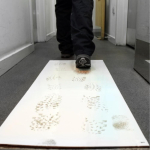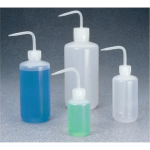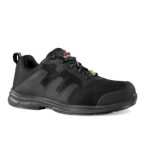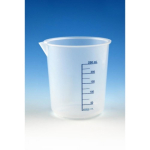Application
Research CategoryCancerOncology
This product is intended for sale and sold solely to academic institutions for internal academic research use per the terms of the “Academic Use Agreement” as detailed in the product documentation. For information regarding any other use, please contact licensing@emdmillipore.com.
Cell Line Description
Cancer Cells
General description
SF7761 is a human glioma cell line derived by surgical biopsy from a young female H3.3K27M DIPG patient (5). The tumor cells were immortalized with hTERT (human telomerase ribonucleoprotein reverse transcriptase) using retroviral transduction. SF7761 cells are tumorigenic in athymic rodents with the tumor cells recapitulating the infiltrative growth of human brainstem gliomas (5, 6).
IMPORTANT NOTE: SF7761 are grown as neurospheres in suspension culture. Neurospheres are to be passaged using gentle mechanical trituration when they reach diameters of 200-500 um or through enzymatic dissociation.
Diffuse intrinsic pontine gliomas (DIPG) are highly aggressive and difficult to treat tumors arising in the ventral pons of the brain stem. Despite therapeutic advances, DIPG is incurable and most patients, primarily children, die within 2 years of diagnosis. DIPG is one of the leading causes of death in children with brain tumors .A somatic mutation of histone H3.3 resulting in a lysine 27 to methionine substitution (H3.3K27M) occurs in 60% of DIPG . In H3.3K27M DIPG patient samples, levels of H3K27 dimethylation (H3K27me2) and trimethylation (H3K27me3) are reduced globally. Expression of H3.3K27M was also shown to be associated with increased levels of H3K27 acetylation (H3K27ac) and recruitment of bromodomain proteins at sites of active transcription . These epigenetic changes are thought to be important factors driving DIPG oncogenesis
Quality
Each vial contains ≥ 200 viable neurospheres.
Cells are tested negative for HPV-16, HPV-18, Hepatitis A, C, Herpesvirus type 6, 7, 8 and HIV-1 & 2 viruses by PCR.
Cells are negative for mycoplasma contamination.
Each lot of cells is genotyped by STR analysis to verify the unique identity of the cell line.
Storage and Stability
Store in liquid nitrogen. The cells can be cultured for at least 10 passages after initial thawing without significantly affecting the cell marker expression and functionality.







